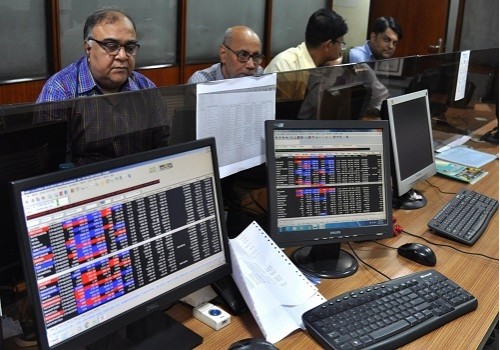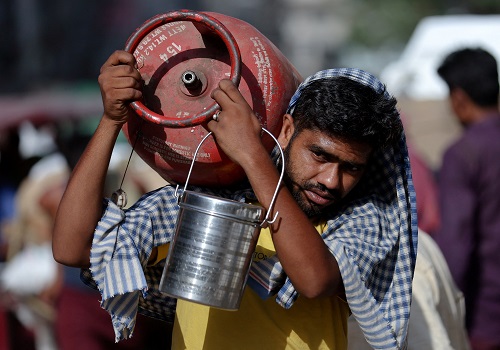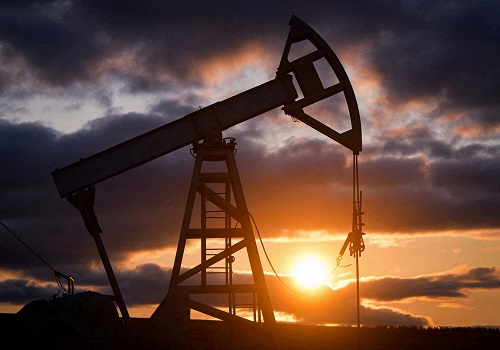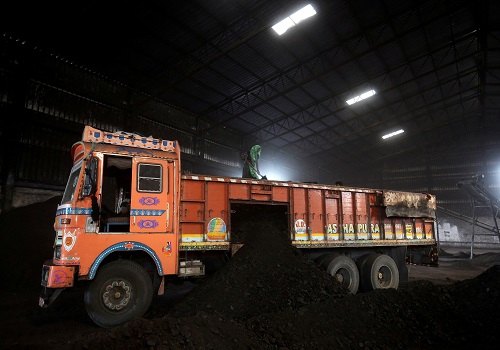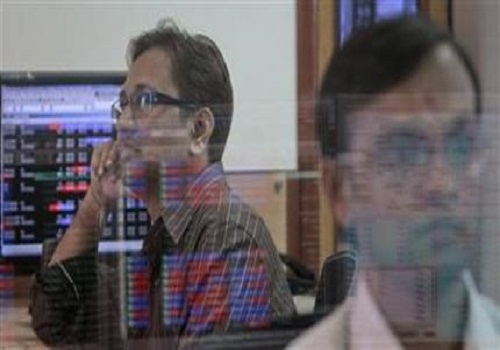Equity Outlook for March 2022 By Mr. Sorbh Gupta, Quantum Mutual Fund

Follow us Now on Telegram ! Get daily 10 - 12 important updates on Business, Finance and Investment. Join our Telegram Channel
https://t.me/InvestmentGuruIndiacom
Download Telegram App before Joining the Channel
Monthly Equity View – March 2022
S&P BSE SENSEX fell by -2.9% on a total return basis in the month of February 2022. It has outperformed developed market indices like S&P 500 (-3.00%) and Dow Jones Industrial Average Index (-3.29%). S&P BSE SENSEX has also outperformed MSCI Emerging Market Index (-3.0%).
The broader market has underperformed the S&P BSE Sensex marginally, this month. While S&P BSE Midcap Index has declined by -4.8% the S&P BSE Smallcap Index was down -8.6%. Metals & Consumer Durables were the only sectors that stood out giving positive returns in an otherwise declining market.
Quantum Long Term Equity Value Fund (QLTEVF) saw a decline of -4.4% in its NAV in the month of February 2022. This compares to a -3.9% decline in its Tier I benchmark S&P BSE 500 & -3.4% decline in its Tier II Benchmark S&P BSE 200. Cash in the scheme stood at approximately 7.8% at the end of the month. The portfolio is attractively valued at 11.9x FY24E consensus earnings vs. the S&P BSE Sensex valuations of 17.4x FY24E consensus earnings.
FPI outflow intensity has increased due to geopolitical risks
Feb-22 has seen a sharp surge in FPI outflows of US$ 4.7 bn (highest since March 2020). With this month’s outflows, FII’s have sold close to US$ 9.5 bn in the past four months. High global inflation risk along with increased geopolitical risk (Ukraine-Russia Conflict) is resulting in global risk off-trade. DIIs have been net buyers for the month of February 2022 to the tune of US$ 1.4 bn and have absorbed a lot of selling pressure from the FPIs
Russia Ukraine conflicthas increased inflation & supply chain challenges.
The Russia-Ukraine conflict has further exposed the vulnerabilities ofthe global supply chain which was still struggling to recover from the blows of the Covid-19 pandemic.The global trade is still woefully short of shipping containers & semiconductor chips among other things. Commodity prices too have been on an uptrend after bottoming out in March 2020 and have got a further leg-up this year (especially the energy commodities) due to the Russia-Ukraine conflict &sanctions on Russia.There is a risk of this spilling over to global food prices as well (natural gas is a key input for urea production). This relentless increase in commodity prices is feeding into global inflation &is a risk for global economic upcycle.

From India’s standpoint, the conflicthas very little direct impact on its economy. However, since itfulfills most of its energy needs via imports, the flare-up in the international crude & natural gas prices entails a risk of increasing the twin deficits (fiscal deficit + currentaccount deficit). While it may feel like a 2013 déjà vu but there are the following buffers available to mitigate the impact this time around:
- India’s foreign currencyreserves are close to US$600 bn giving adequate cushion against any oil shock.
- More than 50% of India’s CPI basket is food where India is self-sufficient (excluding edible oil & pulses).
- Unlike in 2013, exports are doing well this time so the impact on the current account deficit should be contained.
- Buoyant tax collection will also help manage fiscal deficit better.
While the corporates had taken price hikes over last year to take care of the rise in input cost, the current spike in commodity & energy prices would take a toll on the margins in the near term.Corporates will take another round of price hikes, but it will happen with the lag to ensure it does not curtail demand recovery. Companies with stronger pricing power will be able to pass on the impact much better.
History suggests geopolitical risks and global macro shocks have been a great time to invest in Indian equities. Right from SARS in 2003, GFC in 2008, China growth scare in Jan 2016 topandemic related fall of March 2020. While higher crude & other commodity prices will weigh into demand & margin pressure in the near-terminvestors should use this market correction as an opportunity to increase allocation to equities & align it to theirlong-term financial goals
To Read Complete Report & Disclaimer Click Here
Above views are of the author and not of the website kindly read disclaimer


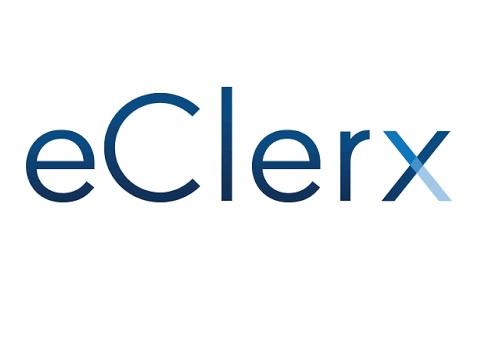

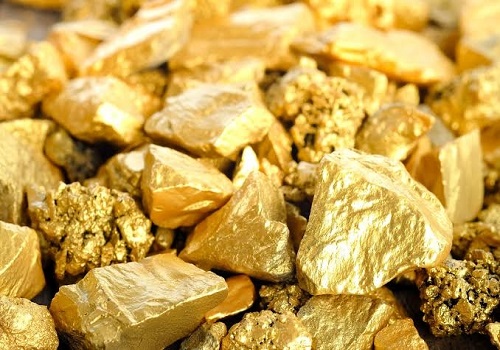
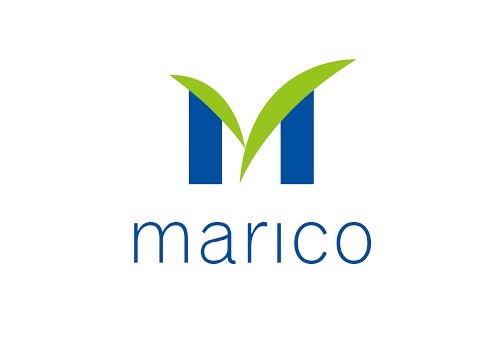
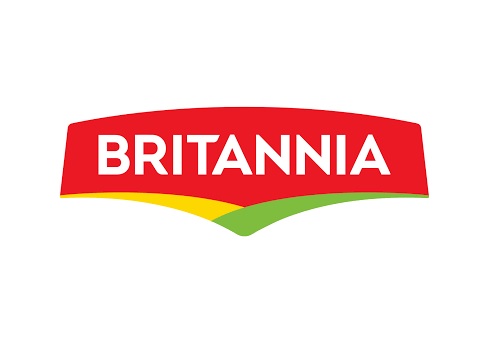

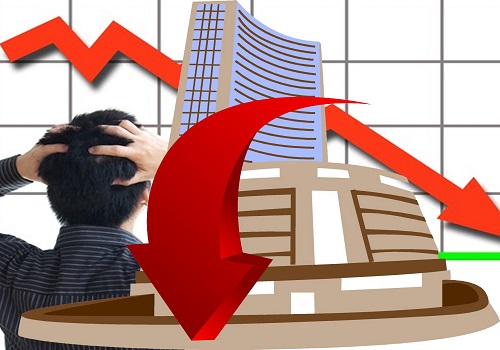

Tag News

We anticipate immense potential benefits from the upcoming Sovereign Gold Bond Tranche in FY...

